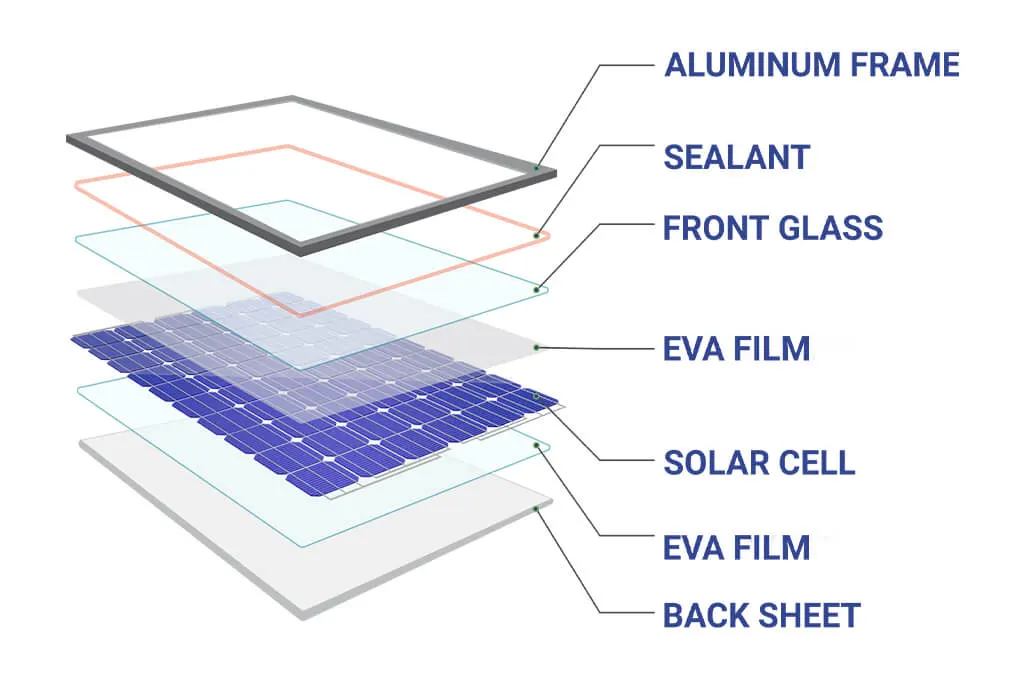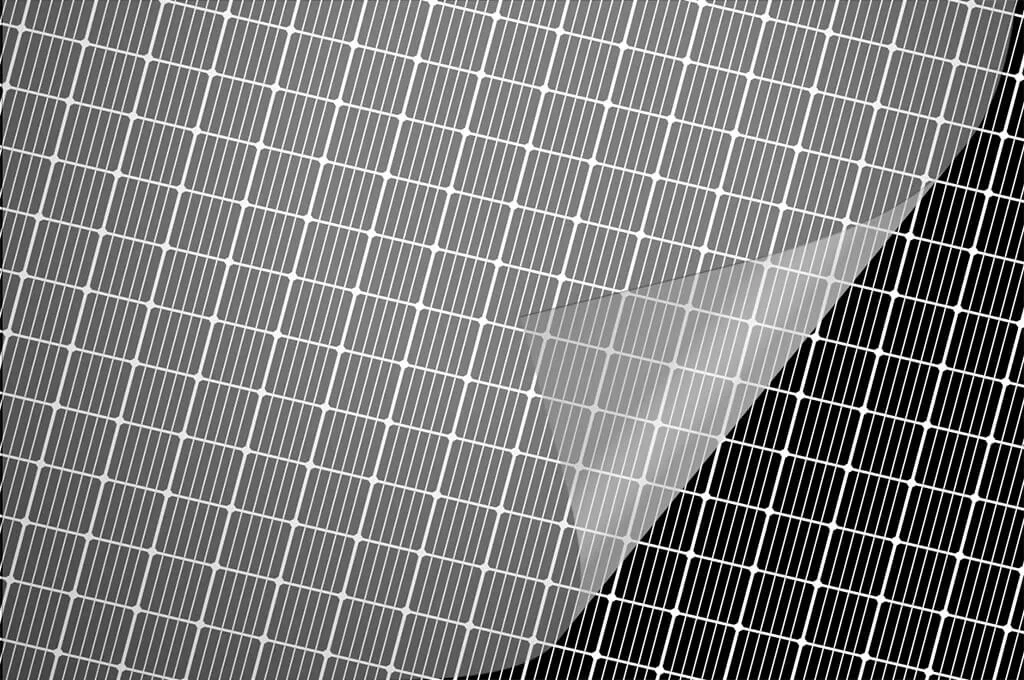
A Key Component in Solar PV Module - Encapsulant
Solar photovoltaic (PV) modules are made up of several components that work together to convert sunlight into electrical energy. One of the key components of a solar PV module is the encapsulant, which plays several important roles in ensuring the longevity and efficiency of the module.

What is the encapsulant?
The encapsulant is a layer of polymer material that is used to protect the solar cells in a PV module from environmental factors such as moisture, dust, and temperature changes. It is typically made of ethylene-vinyl acetate (EVA), a material that has excellent adhesion properties and can withstand exposure to UV radiation and other environmental stresses.
Functions of the encapsulant in a solar PV module:
1. Protecting the solar cells
One of the primary functions of the encapsulant is to protect the solar cells in a PV module from damage caused by moisture, dust, and other environmental factors. The encapsulant forms a protective barrier around the cells, preventing water, dust, and other particles from penetrating and causing damage. This is especially important in harsh environments where the modules are exposed to extreme weather conditions.
2. Enhancing electrical performance
The encapsulant can also enhance the electrical performance of the PV module by improving the transmission of light to the solar cells. EVA has a refractive index that is similar to that of glass, which means that it can help to reduce the amount of light that is reflected off the surface of the module. This results in more light being transmitted to the solar cells, which can increase the overall efficiency of the module.
3. Improving module durability
The encapsulant can also help to improve the durability of the PV module by providing a stable and durable barrier that protects the cells from environmental stresses. EVA has excellent adhesion properties, which means that it can bond well with other materials in the module and provide a strong and stable structure. This can help to prevent damage to the cells and other components in the module, which can increase the lifespan of the module.
4. Reducing potential safety hazards
Another function of the encapsulant is to reduce potential safety hazards associated with solar PV modules. The encapsulant can help to prevent the cells from becoming dislodged or damaged, which can reduce the risk of electrical shock or fire hazards.
5. Maintains the electrical circuit's integrity:
The Encapsulant protects the electric circuit, which creates the required current and voltage in the presence of sunlight.
6. Provides Good Adhesion:
The encapsulant material forms a strong bond with both the solar cells and the cover glass or back sheet, ensuring a long-lasting and durable connection.
7. Provides Good Thermal Stability:
The encapsulant material withstands the high temperatures generated by the solar cells during operation, without degrading or losing adhesion.

Conclusion:
The encapsulant is an essential component of a solar PV module that plays several important roles in ensuring the longevity and efficiency of the module. By protecting the solar cells, enhancing electrical performance, improving module durability, and reducing potential safety hazards, the encapsulant helps to ensure that the module can operate effectively and safely for many years.